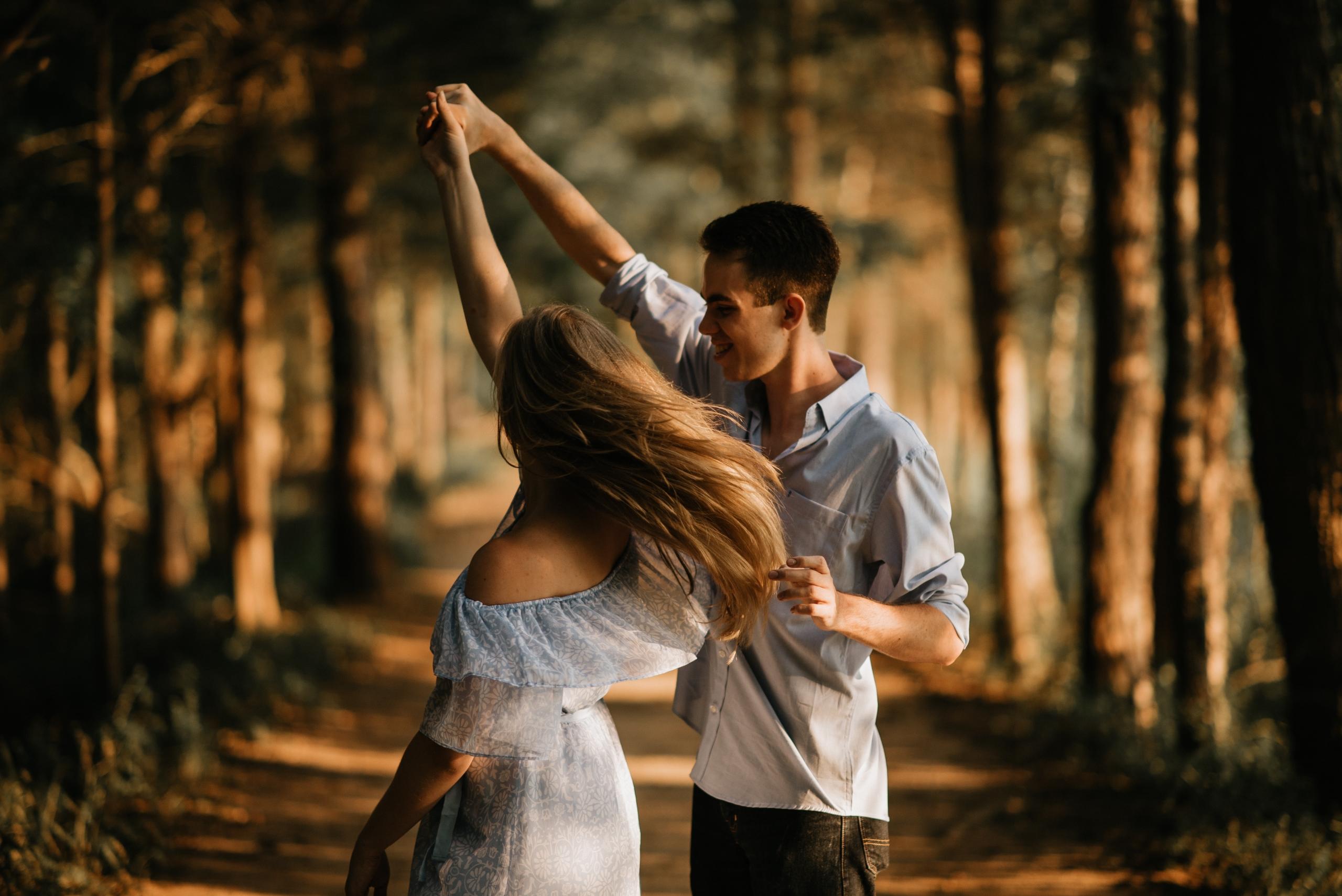Bachata is a type of music that is typically known as a Latin American genre since it originated in the Dominican Republic and then spread to the rest of the region.
Learning to dance bachata can be easy if dancers learn to follow the beat because it has 8 beats that dancers have to coordinate with. At its most basic, bachata has dancers move left for one four-beat measure, then right for the next.
In bachata, the motion of your hips is essential. While you do the basic step of raising your right foot off the ground slightly, you are forced to just your hips out to the right. This is perfect - eventually, the effect you want to create is that of a continuous, rolling motion in your hips.
Once you get the hang of it, you'll notice that your moves will fall into place, and in the end, it is all about moving your body with a musical tone.
However, this is easier said than done. This is why we recommend hiring a bachata dance tutor to teach you a couple of times per week how to dance to this and many other dancing types.
For instance, tutors can teach merengue, salsa, bachata, romantic, bolero, cha, and many other sensual Latin dances. All of these are modern styles of Latin dances.
A private tutor can fit your schedule and terms —like where to have the classes or what days of the week. And you can search for tutors on Superprof who have fusion lessons (where you learn bachata, salsa, merengue, bolero, cha, or other Spanish dances).
Continue reading to learn when was bachata born, how it became popular in Latin America and the United States, where is the genre and its songs now, and a little about the Dominican Republic.
You can search for some of the best adult dance classes near me here.

When was bachata born?
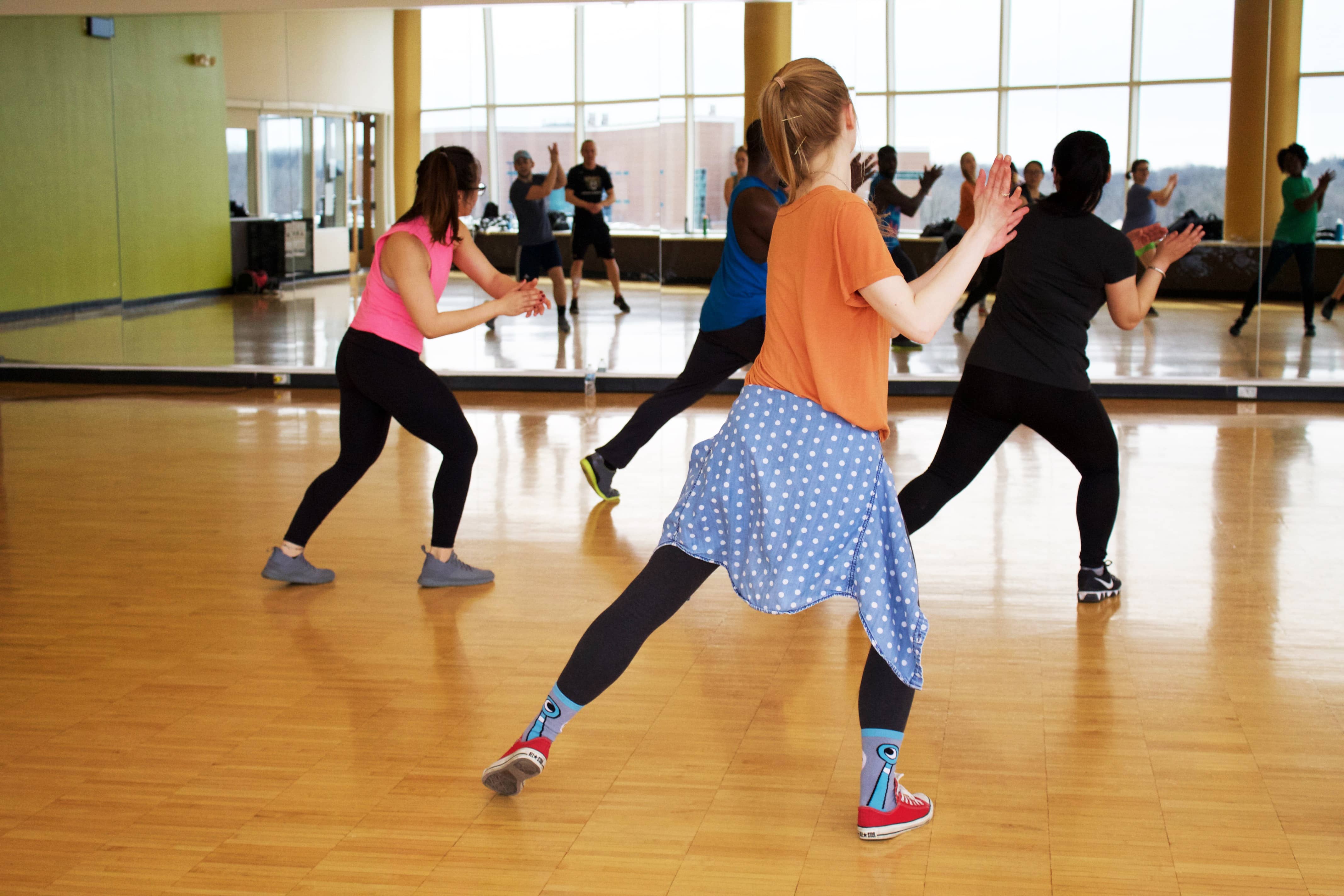
The earliest bachata originated in the countryside of the Dominican Republic in the first half of the 20th century. The first bachata song to be recorded was called "Borracho de Amor" (Drunk in love) in 1962 by Jose Manuel Calderon.
Jose Manuel Calderon is usually referred to as the musician who created bachata in 1962. After his first hit, he created more music at the Radio Televisión Dominicana studios.
He also innovated instrumentation in bachata, applying strings, horn sections, and piano and replacing the maracas with a güira.
In 1967 Calderon moved to New York City to record some music with some American labels like BMC and Kubaney. He lived in New York for about five years and then moved back home.
Once he was back in the Dominican Republic, he discovered that bachateros (bachata musicians) had been marginalized, since the genre itself had been associated with poverty and prostitution.
The only radio station that kept playing bachata was Radio Gurachita, a nationwide radio station. Calderon felt responsible and decided to work on improving the genre's reputation.
He worked on creating a Dominican community in Washington Heights and was able to give rise to a popular bachata scene. With time, bachata regained popularity and it started to spread in the region like other dancing and music styles. It is now known as a traditional dance in the Latino community.
Today, bachata, like other Latino dancing types (merengue, cha, bolero, salsa), has all kinds of music, lyrics, and genres like romantic, party, and more. Learn about the bachata styles.
Keep in mind you can learn to dance bachata by hiring a tutor on Superprof today! All you have to do is go on our platform, search for musicians and dancers (you can even find tutors who speak Spanish), and start learning to dance.
How did Bachata dancing become popular?
As you could see, during the early years, bachata was considered a music style that belonged to a lower social class. However, during the 1980s and 1990s, bachata music started to gain popularity amongst people due to mainstream media.
During the early years, bachata was considered too vulgar and sensual to be broadcasted on television or radio.
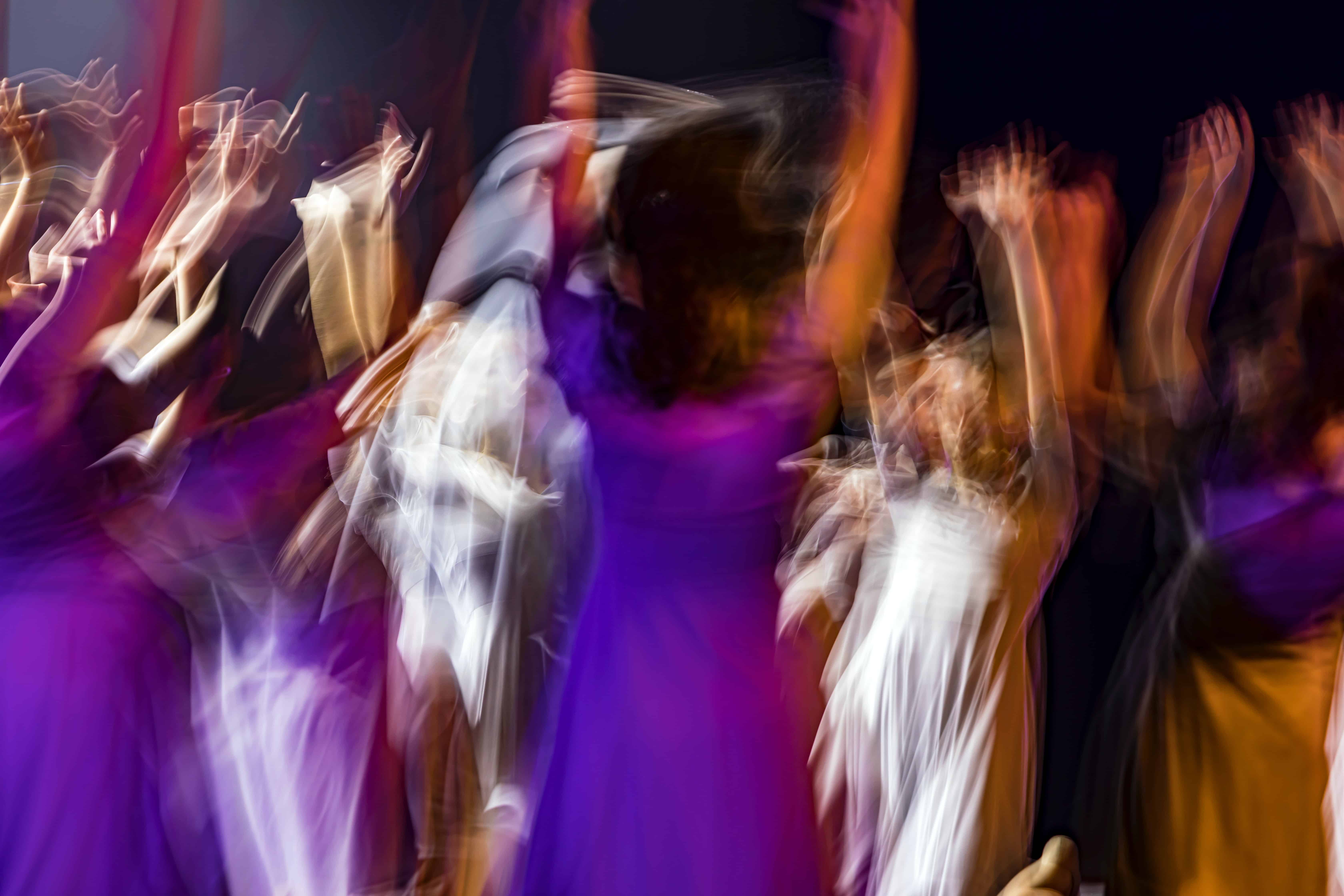
This is why, during those decades, many bachata experts worked on giving the traditional style a modern twist by changing its instrumentation. They changed it from nylon string Spanish guitar and maracas of traditional bachata to the electric steel string and güira of modern bachata.
Bachata further transformed in the 21st century with the creation of urban bachata styles by bands such as Monchy y Alexandra and Aventura. These new styles of bachata became an international phenomenon, and today bachata is one of the most popular types of Latin music.
During the 1990s, the music and sound of bachata had been modernized and the genre was dominated by two main young artists, their names are Luis Vargas and Antony Santos.
Their music was renowned for including a mix of bachata and merengue in their repertoires. Santos, Vargas, and the many new style bachateros who would follow achieved a level of stardom that was unimaginable to the bachateros who preceded them.
They were the first generation of pop bachata artists and received all the hype and image branding typical of commercial pop music elsewhere. It was also at this time that bachata began to emerge internationally as the music of Hispanic dance halls.
in 1992 Juan Luis Guerra's song called Bachata Rosa won the Grammy it is known as the song that made bachata more accepted and it helped it achieve legitimacy and international recognition. Although he used the word bachata in the album title, his songs have a more traditional salsa sound.
To understand the difference between Salsa and Bachata you need to know that they are both Latin American genres, but that is all the similarities these two genres have.
Where is bachata music now?
Today, bachata is highly popular and not only amongst Dominicans. As you could see, bachata has won legitimacy and international recognition thanks to the work of many musicians.
Artists like Rosalia, Manuel Turizo, Prince Royce, Ricky Martin, and more, have done different works with the bachata style and have made the genre even more popular.
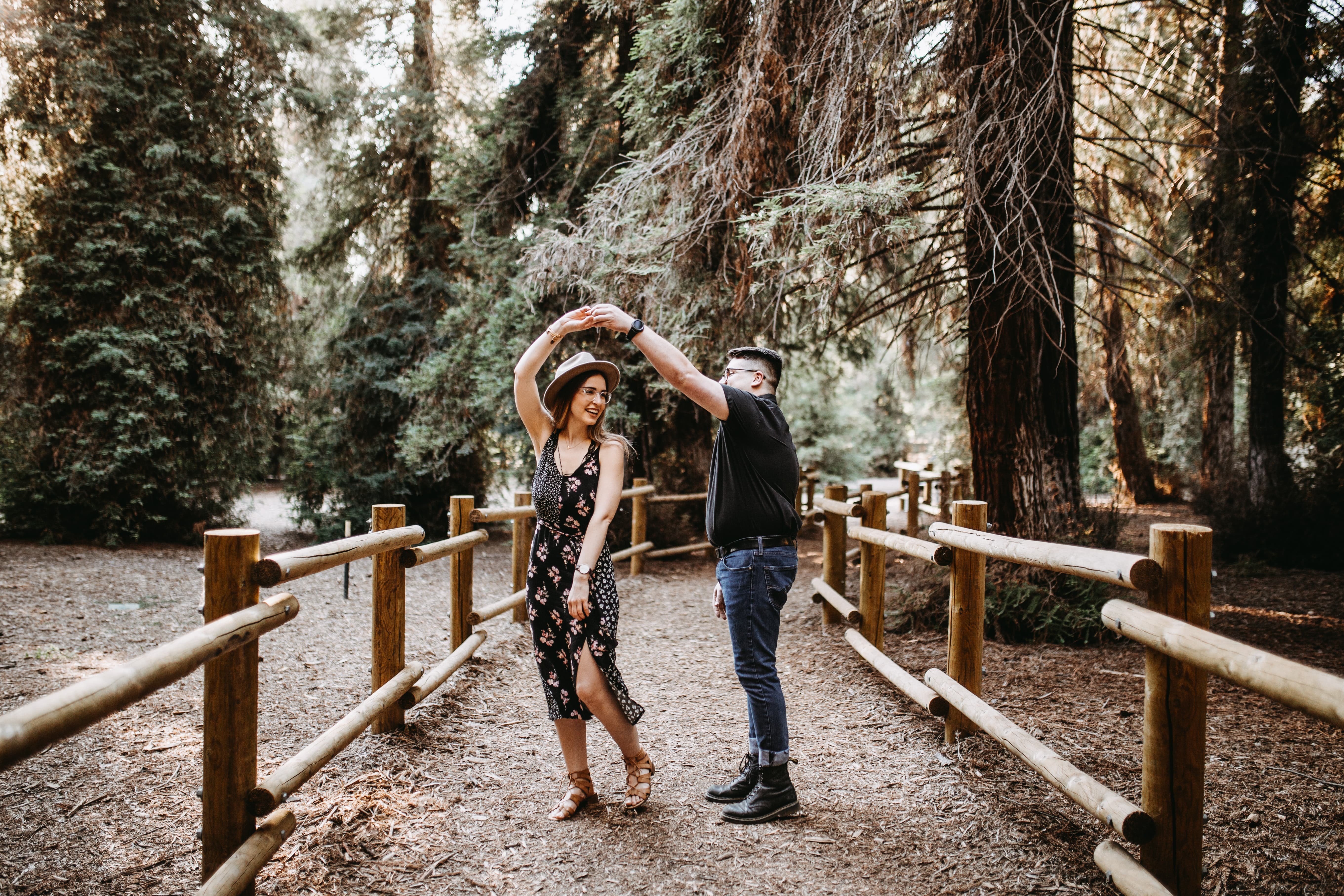
The best songs of sensual bachata are known as the following:
- Rechazame - Prince Royce
- La Boda - Aventura
- Me Puedo Matar - Bachata Heightz
- Corazón sin Cara - Prince Royce
- Dile al Amor - Aventura
On Wednesday, 11 December 2019, the United Nations Educational, Scientific and Cultural Organization (UNESCO) announced that the danceable music known as the “bachata” is an Intangible Cultural Heritage of Humanity. Bachata is the second Dominican musical genre to be listed. Merengue was first in 2016.
Keep in mind that bachata is a fusion of southwestern European influences, mainly Spanish guitar music, with indigenous Taino and Sub-Saharan African musical elements. Continue reading and learn why you should learn to dance Bachata.
Instrumentation in Bachata music
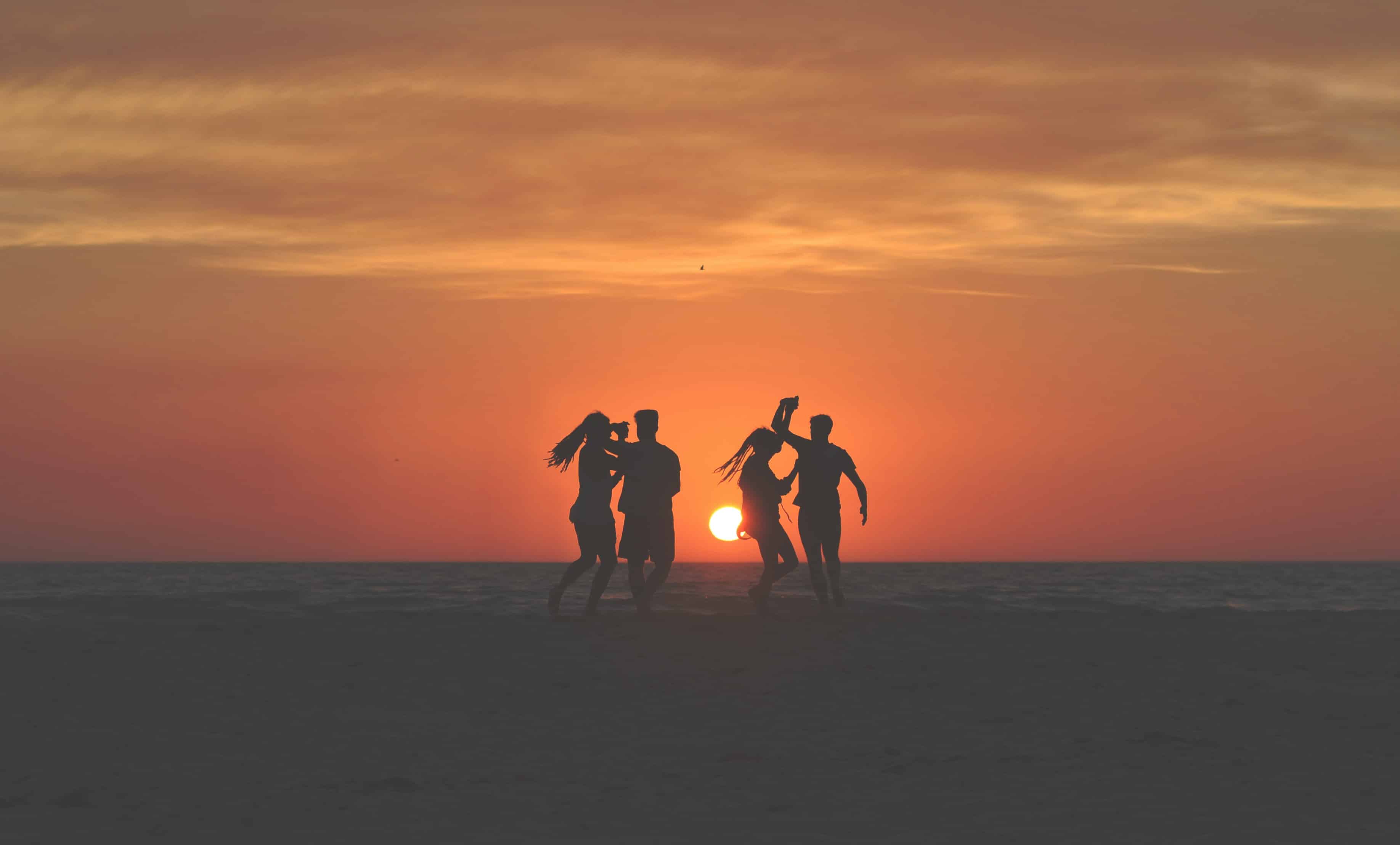
Learning about the origins of bachata and understanding why it is popular and where it is mostly popularized is important. However, to fully understand this type of music, you first need to understand its instrumentation.
A bachata band features five core instruments: requinto (lead guitar), segunda (rhythm guitar), bass guitar, bongos, and güira (a metal percussion instrument that's scraped with a brush).
Each of these instruments plays a different rhythm, adding its own melody, syncopation, and swing, but fitting together like pieces of a musical puzzle.
Bachata music uses a 4/4 time signature, so there are four beats to every measure. A typical song contains three distinct polyrhythms: derecho, majao, and mambo.
Each polyrhythm has its own rhythmic pattern and features separately in particular sections of a song. For instance, the derecho rhythm appears in a song's verses, while the majao usually shows up in the choruses.
The mambo, featured in the bridges or interludes, is the most energetic section of a song; it's where the musicians get to show off and play solos.
The rhythmic changes from one section to another can be subtle, and even overlap, but the more you understand each instrument's role, the more noticeable the changes become.
The rhythm in bachata is extremely important like in any other type of dance. To dance bachata, people need to follow the rhythm created by the instruments and dance not only by having the steps in mind.
Yes, every step in bachata is important, however, it is also about moving side to side, mastering hip movement, as well as arms, shoulders, and more. Following the music and the lyrics are also important in bachata.

